Botany IAS Mains Question Paper 2023:
There are Eight questions divided into Two Sections. Candidate has to attempt Five questions in all. Questions no. 1 and 5 are compulsory and out of the remaining, any Three are to be attempted choosing at least One question from each section.
| Botany IAS Mains Question Paper- I: |
Section- A:
1:- Answer the following questions in about 150 words each: (10 x 5 = 50)
(a) What are prions? How do they differ from viruses? Mention few diseases caused by prions in animals and human beings.
(b) What is parasexuality in fungi? Explain the mechanism of parasexual cycle. What are the applications of parasexuality?
(c) State the distinguishing features of Cyanophyceae. Discuss the phylogeny and affinities of Cyanophyceae with other groups.
(d) Discuss the distribution of different modern species of Cycas found in India. Enumerate the fern characters observed in Cycas.
(e) State the principles of International Code of Botanical Nomenclature. How are Operational Taxonomic Units (OTUs) used in numerical taxonomy?
2:- (a) What is lichen? With suitable diagrams, describe its types and structure. Write a note on the economic importance of lichens. (20)
(b) Describe the three modes of sexual reproduction in bacteria. (15)
(c) Characterise progymnosperms with examples. Mention their phylogenetic significance. (15)
3:- (a) Define microbial biopesticides. What are their types? With suitable examples, evaluate the potential of microbial biopesticides in pest and disease control in crop plants. (20)
(b) Explain the general features of viroids. How do they differ from viruses? Name two diseases caused by virions. (15)
(c) Distinguish between the natural and phylogenetic systems of plant classification. Mention their merits and demerits. (15)
4:- (a) Diagrammatically present the Geological Time Scale up to ‘Epoch’. Write a note on the different types of fossils found in nature. (20)
(b) Describe the symptoms, causal organism, disease cycle and control measures of red rot of sugarcane. (15)
(c) What is stele? Give an illustrated account of various types of steles observed in pteridophytes. (15)
Section- B:
5:- Answer the following questions in about 150 words each: (10 x 5 = 50)
(a) Alphonse de Candolle classified plants of economic importance into various classes. List these classes and state two examples from each.
(b) What are the anatomical differences of the bundle sheath and mesophyll cells between C3 and C4 plants?
(c) Give an account of different types of trichomes found in modern angiosperms. Write a brief note on the systematic value of trichomes.
(d) Discuss the classification of vegetable fibers (excluding wood fibers) according to their botanical origin and give examples.
(e) How is the isolation of single cells done from intact plant organs and how is the viability of single cells assessed?
6:- (a) What are the different means of pollination in plants? Which natural devices ensure cross-pollination? (20)
(b) Using diagrams, explain the characteristic features of the family Magnoliaceae. Why is this family considered primitive? (15)
(c) Discuss the growth conditions of groundnut and soybean crops. Compare their oil compositions. (15)
7:- (a) Describe the botanical features, ecology and propagation of rubber tree. How is rubber obtained and processed from rubber tree? (20)
(b) Classify and discuss maize varieties on the basis of endosperm and floral or glume characteristics. (15)
(c) What causes somaclonal variations? How can somaclones be identified and isolated? (15)
6:- (a) What factors affect in vitro stages of micropropagation? Discuss the applications and limitations of micropropagation. (20)
(b) Give an account of male gametophyte development in Gnetum. State the angiosperm characters shared by Gnetum. (15)
(c) Discuss the factors affecting the yield and viability of protoplasts isolated from leaves. How are isolated protoplasts purified? (15)
| Botany IAS Mains Question Paper- II: |
Section- A:
1:- Write short notes on the following in about 150 words each: (10 x 5 = 50)
(a) Cell-cell adhesion mechanism
(b) Structure and functions of cytoskeleton
(c) Characteristics of triplet codon
(d) Crossing over and its significance
(e) Correlation, its types and significance
2:- (a) Differentiate between polytene chromosomes and normal chromosomes. (15)
(b) Describe polygenic inheritance by giving suitable examples. (15)
(c) Describe the problems associated with gene transfer in plants. Write a note on the status of transgenic research in India. (15 + 5 = 20)
3:- (a) What are the major requirements for a successful back-crossing programme? Describe its procedure, advantages and limitations. (5 + 10 = 15)
(b) Describe the mechanism involved in membrane transport and vesicular transport. (15)
(c) Describe the theory of natural selection and its significance. (20)
4:- (a) Describe the structure, kinds, chemical nature, origin and functions of lysosomes. (20)
(b) Explain multiple alleles and their characteristics. How are they different from pseudoalleles? (15)
(c) Describe the procedure, requirements and efficiency level of gene amplification through Polymerase Chain Reaction (PCR). (15)
Section- B:
5:- Write short notes on the following in about 150 words each: (10 x 5 = 50)
(a) Biological significance of mineral elements in plants
(b) Photo-oxidation of water by photosystem II through oxygen-evolving complex
(c) Photoperiodic induction and the perception site of photoperiodic stimulus
(d) Role of light as a limiting factor in an ecosystem
(e) Forests are an important wealth of the country
6:- (a) What are nastic movements, their types and mechanism? Explain. (15)
(b) How is the transport of electrons and pumping of protons associated with ATP synthesis in mitochondria? Explain. (15)
(c) Why is the conservation of biodiversity important? Discuss the various steps adopted for it by our country. (10 + 10 = 20)
7:- (a) How can the reaction equilibria and reaction rates be explained by using free energy diagram in a simple enzymatic reaction? (20)
(b) Explain the following: (i) Nitrate and nitrite reduction in the leaves of higher plants. (ii) Protection of enzyme nitrogenase against oxygen and hydrogen damage. (5 + 5 = 10)
(c) Comment on the following: (i) Biosphere reserves (ii) Red Data Book (10 + 10 = 20)
8:- (a) (i) How do the three stages in fatty acid oxidation converge to conserve energy as ATP? (ii) What is β-oxidation? Describe various steps in fatty acid oxidation pathway involving saturated fatty acids. (5 + 15 = 20)
(b) Explain the transfer of energy between different trophic levels of an ecosystem. (15)
(c) What are the major gaseous pollutants and their sources? Explain the effects of air pollutants on human health. (15)
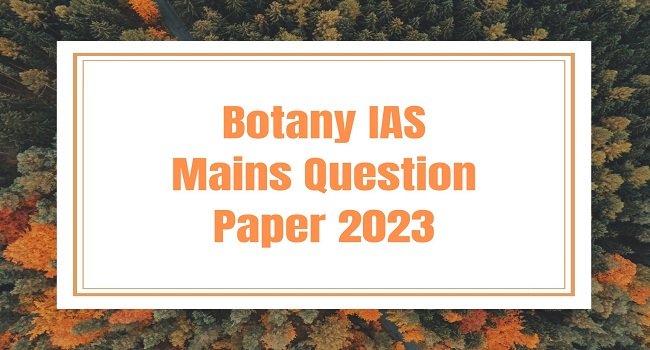
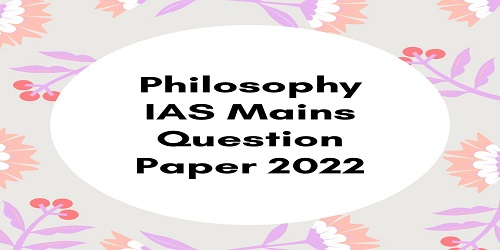



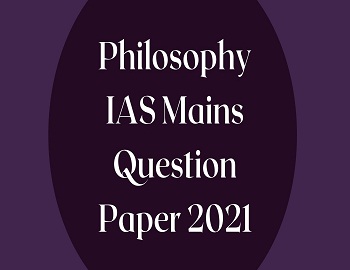
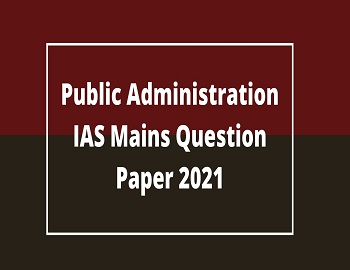
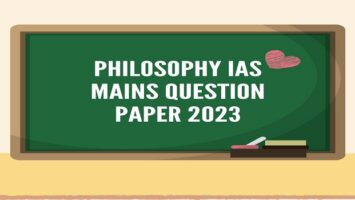

Comments (No)